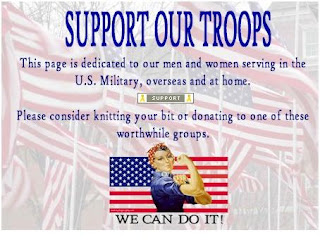The All-American Girls Professional Baseball League
In 1942 men that were 18 years of age or older were getting drafted into the armed forces like never before due to World War II. At this time, several minor league baseball teams disbanded. Because minor league teams began to be disbanded the major league baseball organization began to worry that this pattern would continue and MLB would collapse as well. Philip K. Wrigley, the man known for the famous Wrigley chewing-gum searched for a solution to solve this problem. After having discussions with a colleague a solution had been reached. A girls softball league was to be established.
The All-American girls softball league emerged in 1943. In the middle of the first season, the BOT changed the name to the All American Girls Baseball League and at the end of the season to All American Girls Professional Baseball League.
Each of the teams were made up of 15 players, one coach, a business manager and a female chaperone. The women attended a spring training in May of 1943. The prospective team members were judged in several areas including hitting and fielding. After training many of the ladies were afraid of being denied a position on a team. The ones that were placed on a team received a nice salary however, there were many rules that went a long with being a player. To act like a lady was a requirement for the players. Someone was brought in to teach the players how to act and behave in a lady-like way.
The All American Girls Professional baseball league lasted from 1943-1954. After the war ended, the first few years the AAGPBL attracted a large crowd for their games. After the first few years after WWII Some of the team owners financial situations had changed which resulted in their ability to operate the team. This occurred because of the declining attendance of the crowd. Many fans turned to other forms of entertainment and the AAGPBL came to a close.
The role of the American woman changed dramatically during the time period around World War II. No longer the typical “stay-at-home Mom” or the pretty secretary behind the front desk, American women were asked to take on the roles and responsibilities that were left behind by the men that went off to fight in the war. When chewing gum mogul Phillip K. Wrigley saw his beloved Chicago Cubs torn apart due to the draft, he and his General Manager Ken Sells formed the first women’s baseball league. The All-American
Girls Professional Baseball League was created not just for profit, but to help lighten the spirits and provide an outlet of entertainment during wartime. Consisting of 15 teams and in existence from 1943 to 1954, the women of this league faced long bus rides to games, were expected to play in uniforms that consisted of short skirts and risk injury while doing so, as well as maintain their lady-like role models images when off the field. The popularity of the league ended when professional baseball had their war-time heroes return to the field, but these ladies are remembered right next to their male counterparts in Cooperstown.
Rosie the Riviter
If these “Diamond Dolls” provided the entertainment for the nation, it was “Rosie the Riviter” who provided the labor force to keep the nation going.
Large companies and factories, especially those involved in wartime products, such as steel, employed these hard working ladies to keep assembly lines moving and assist in the war effort.
Working conditions were tough, the hours long, but these diligent ladies kept things moving until the men returned from fighting in
Europe.
In fact, the entire position of the working woman changed from this point on.
Women would no longer be delegated to just desk jobs or careers involving home and children, World War II saw to that, and opened a variety of opportunities for women in the workplace.





